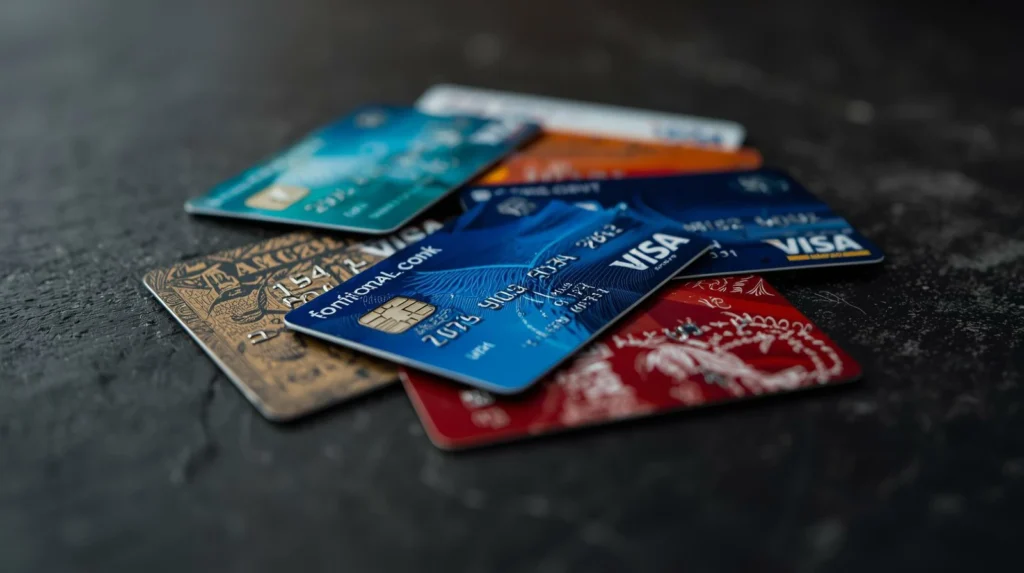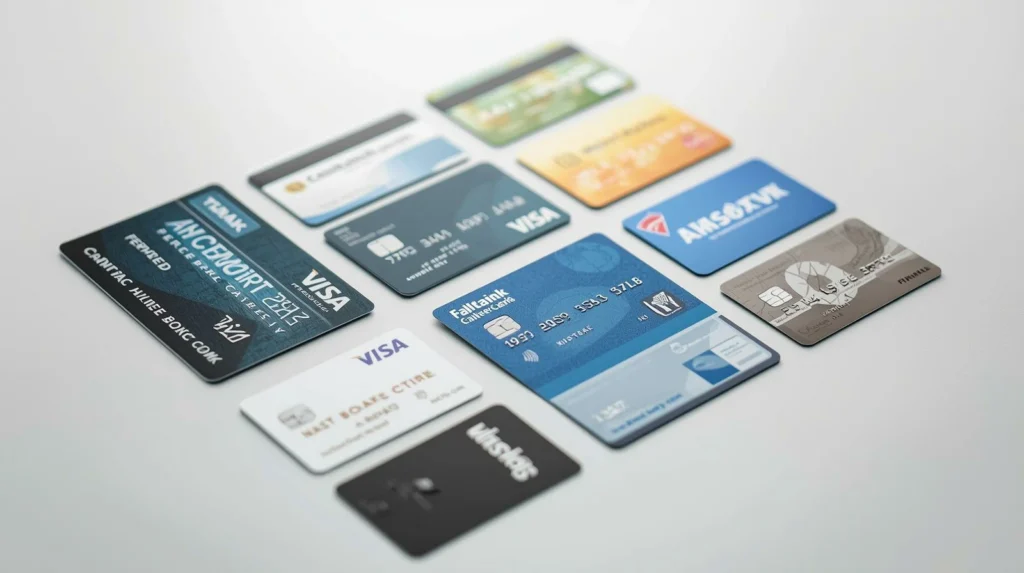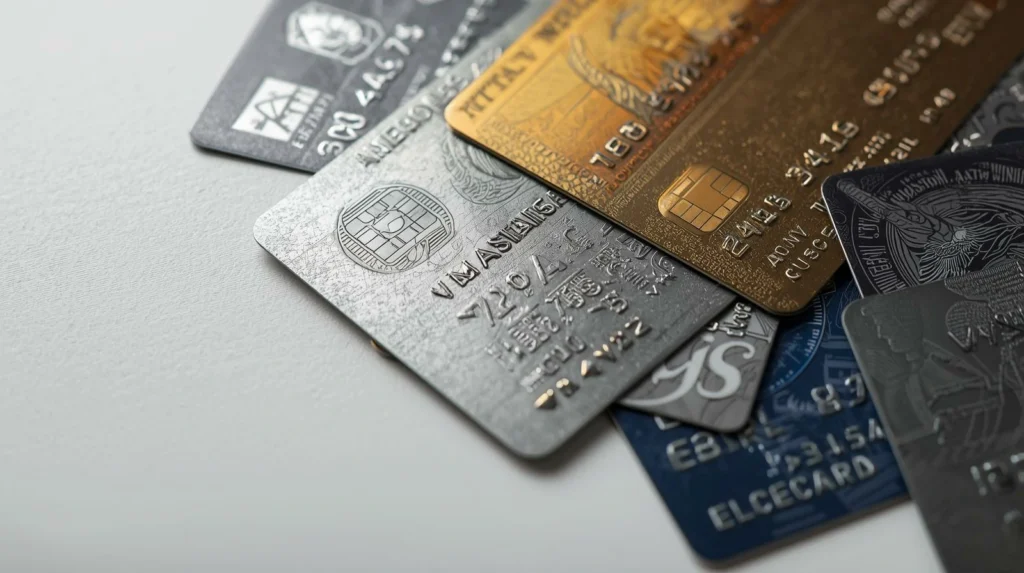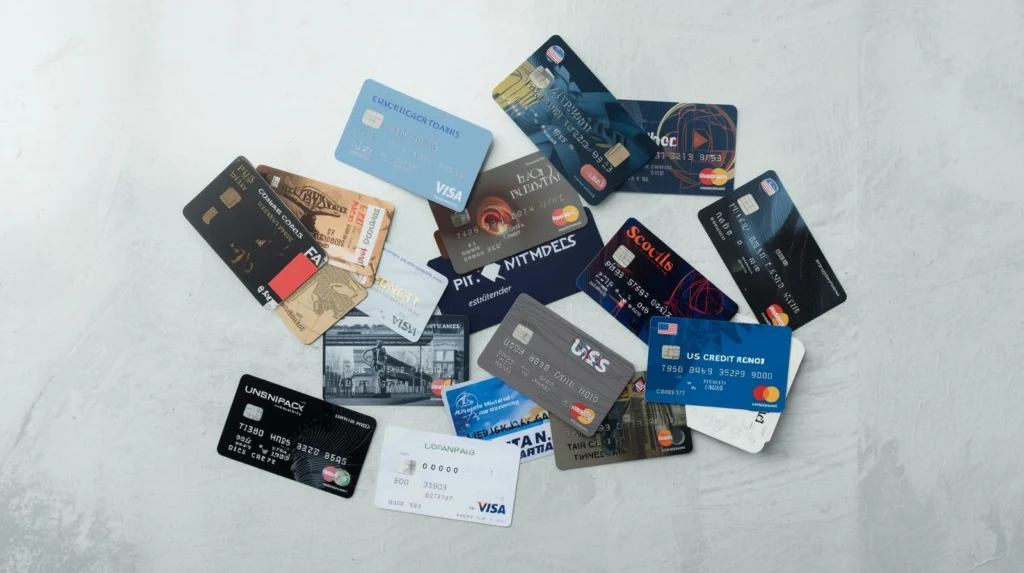Introduction
If you’re new to credit cards, navigating the many options in the U.S. financial market can feel overwhelming. Whether you’re a young adult just starting to build credit, an immigrant establishing U.S. credit history, or simply someone who has never used a card before, choosing the right first card matters. In this guide, we’ll explore the best credit cards for beginners in 2025, explain why they matter, show how to pick wisely, and help you establish strong credit habits. By understanding the basics now, you’ll set yourself up for greater financial flexibility down the road.
What Qualifies as a “Beginner” Credit Card?
Starting out with credit means you often have one (or more) of the following: limited or no credit history, little or no credit score, maybe you’ve never held a card before, or you’re an immigrant/new U.S. resident without an established U.S. credit file. Beginner-friendly cards typically share several features:
- Unsecured or low-barrier approval (no large security deposit required)
- $0 annual fee or at least very low fees
- Reports to the major credit bureaus (Experian, Equifax, TransUnion) so you build credit by using responsibly
- Simple rewards or cash-back structure (so you don’t get overwhelmed)
- Clear educational resources and tools to help you learn how to manage cards.
For example, one site notes that an unsecured card “so there’s no security deposit … and you may eventually be able to graduate to an even better card.”
In short: the goal for your first card isn’t about luxury perks—it’s about building credit, establishing good habits, and keeping fees & risk low.

Why Getting the Right First Card Matters
Benefits of starting smart
- Build credit history: On-time payments and responsible usage help you develop a good credit score, which unlocks better cards, loans, mortgages later.
- Avoid high fees or bad terms: Many entry-level cards come with hidden fees or high interest—choosing wisely helps you avoid being penalised.
- Set good habits early: Learning to pay balances in full, avoid unnecessary debt, and monitor your account builds financial discipline.
- Access better options faster: With a strong credit history, you can access more attractive rewards cards, travel cards, or lower-interest offers down the line.
In one review, it’s highlighted that cards for beginners often have “$0 annual fee … you don’t need a credit history …” which makes them ideal starting points.
So the right first card can be a foundation—get it wrong, and you may face fees, high interest, or damage to your credit.

Step-by-Step Guide to Choosing and Using Your First Card
Step 1 – Check your current credit situation
Before applying, find out whether you already have any credit history, what your credit score (if any) is, and if you have any past negative items. Knowing where you stand helps you pick the right tier of beginner card.
Step 2 – Choose the appropriate type of card
Options may include:
- Student cards (if you’re in college)
- No-history/no-deposit starter cards
- Secured cards (if you have very limited or poor credit)
For instance, one list named the Petal 2 Visa® Credit Card as the “best first credit card” for limited or no credit.
Step 3 – Compare card terms & features
Focus on: annual fee, interest rate (APR), rewards (cash back, points), whether there’s a security deposit, how well the issuer reports to credit bureaus, and extra perks (if any).
Step 4 – Apply and use responsibly
Once you select the card:
- Use it for regular purchases you can afford to pay off monthly.
- Pay your full balance (or at least significantly more than the minimum) each month to avoid interest.
- Keep utilization (i.e., your card balance vs credit limit) low—aim for under ~30%.
Step 5 – Monitor and upgrade when ready
After 6–12 months of responsible use, you might become eligible for a better card with more rewards or perks. Use that as a target to move up. Also check your credit score periodically to see your progress.

Common Mistakes Beginners Make (and How to Avoid Them)
- Mistake: Carrying a balance month to month
If you don’t pay off in full, interest charges can quickly erase any rewards you earn and harm your credit. - Mistake: Choosing a card with high fees or deposit requirements without need
Some starter cards impose annual fees or security deposits—if you can qualify for a no-fee unsecured card, that’s often a better choice. - Mistake: Maxing out the card or having high utilization
High utilization (e.g., using a large portion of your credit limit) can hurt your credit score and indicate risk to lenders. - Mistake: Applying for too many cards too quickly
Each application triggers a hard inquiry which can temporarily lower your score; multiple apps in short time raise the “new credit” risk factor. - Mistake: Ignoring the terms, reward caps or fine print
Some “beginner” cards may look attractive but have high APRs or limited rewards—they may still cost you in other ways.
Tips & Best Practices for Maximising Your First Card
- Choose a card with $0 annual fee (or very low fee) if you’re still unsure about spending volume.
- Set up an automatic monthly payment for at least the statement minimum (better: full balance) so you never miss a payment.
- Keep your credit card as “just another bill” like utilities—spend what you normally would, but pay in full.
- Use your card for regular small purchases you’ll pay off anyway (e.g., groceries, streaming, gas) rather than overspending because you “have the card”.
- Monitor your credit score & reports (free via some services) to watch your progress and detect any errors or fraud.
- After 12 + months of good behaviour, request a credit limit increase (if offered) or upgrade to a better card—this helps your credit utilisation ratio.
- Link your new card with tools or apps that allow alerts for due dates, spending levels, and one-time auto payments.
You might also explore internal links within your site for related content—for example: “See our article on how to monitor your credit score” or “How to choose the right rewards card after your first year”.

Conclusion
Starting your credit-card journey in the U.S. doesn’t have to be intimidating. By choosing one of the best credit cards for beginners in 2025—cards with no annual fee, reporting to bureaus, and manageable rewards—you set the stage for developing strong credit, avoiding costly mistakes, and opening doors to better financial health. Remember: your first card isn’t about luxury perks—it’s about establishing the habits that lead to financial freedom. Ready to get started? Apply for a card designed for beginners, keep your usage smart and consistent, and watch your credit score grow.
CTA: For more guidance, check out our other resource: How to choose the right rewards card after your initial year (internal link) — and sign up for our newsletter to stay updated on the best credit-card offers.

